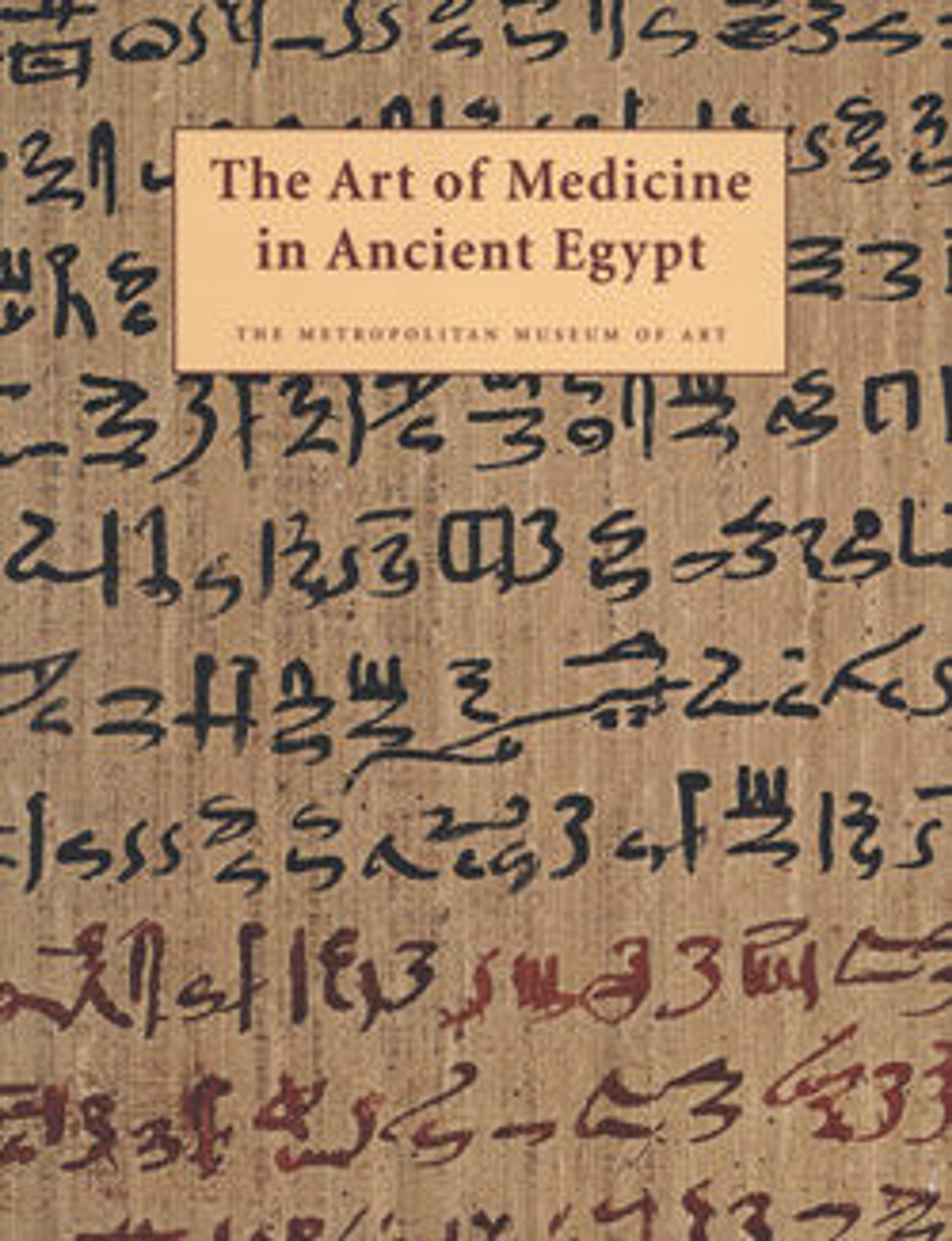Wedjat Eye Amulet
The symbolism of this wedjat-eye amulet was one of the most pervasive and powerful in ancient Egypt. Combining a human eye with the stylized markings of a falcon's, it represents the healed eye of the god Horus that was known as the "Sound One." It was a symbol of recovery and regeneration. As amulet it prevented its wearer from harm and ensured well-being.
For a similar amulet, see 23.2.68.
For a similar amulet, see 23.2.68.
Artwork Details
- Title:Wedjat Eye Amulet
- Period:Ptolemaic Period
- Date:332–30 B.C.
- Geography:From Egypt
- Medium:Gold
- Dimensions:H. 3.2 cm (1 1/4 in); w. 4 cm (1 9/16 in); th. 0.4 cm ( 3/16 in.)
- Credit Line:Rogers Fund, 1923
- Object Number:23.2.67
- Curatorial Department: Egyptian Art
Audio
3535. Overview: Amulets
0:00
0:00
We're sorry, the transcript for this audio track is not available at this time. Please email info@metmuseum.org to request a transcript for this track.
More Artwork
Research Resources
The Met provides unparalleled resources for research and welcomes an international community of students and scholars. The Met's Open Access API is where creators and researchers can connect to the The Met collection. Open Access data and public domain images are available for unrestricted commercial and noncommercial use without permission or fee.
To request images under copyright and other restrictions, please use this Image Request form.
Feedback
We continue to research and examine historical and cultural context for objects in The Met collection. If you have comments or questions about this object record, please contact us using the form below. The Museum looks forward to receiving your comments.
